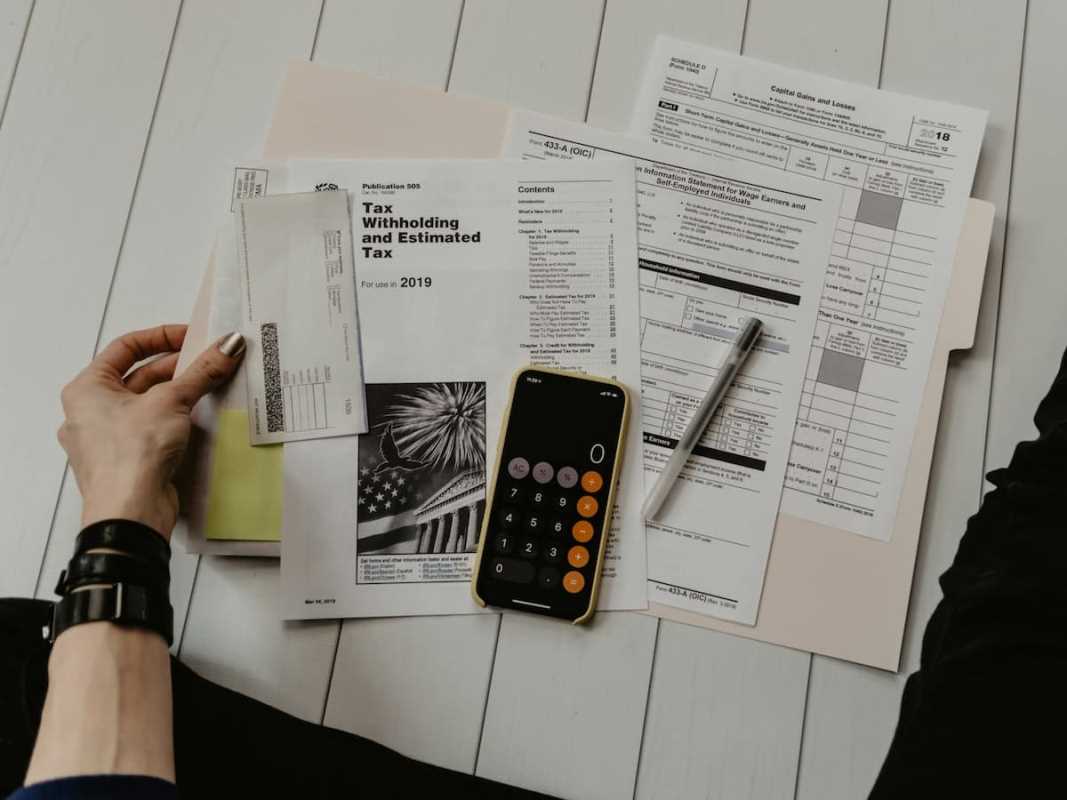Dreaming of sandy beaches, mountain escapes, or exotic cities but feel like your bank account doesn’t share the vision? You’re not alone. The good news is that saving for travel doesn’t have to mean cutting out all your favorite luxuries or living like a monk. With a few strategic tweaks, you can build a solid travel fund without sacrificing your lifestyle or happiness.
Here’s how to make it happen:
Rethink Your Daily Habits
You don’t need to ditch your morning latte or cancel your Netflix subscription to save money. The trick is in smart swaps and mindful spending. For example, instead of ordering takeout three times a week, reduce it to once and cook at home the other nights. That alone could save you $100 or more a month—money you could easily redirect to your travel fund.
Look at your routine and see where small changes can add up. Maybe you start walking to work or carpool a couple of days a week. Or maybe you do a “no-spend weekend” once a month where you focus on free or already-paid-for entertainment. These small shifts help build savings without major sacrifices.
Open a Dedicated Travel Account
It’s easy to say you’re saving for travel, but if the money sits in your regular checking account, it’s probably going to disappear fast. Set up a separate, dedicated savings account just for travel. Automate weekly or monthly transfers into it—even if it’s just $10 or $20 at a time.
Seeing the travel fund grow will keep you motivated and help you avoid spending it impulsively on non-travel things. Some online banks even allow you to name your savings goal, so you can literally label it “Thailand Trip” or “Paris Fall 2026” to stay inspired.
Leverage Cashback and Reward Programs
You’re probably spending money anyway—so why not let that spending work in your favor? If you use credit cards responsibly, consider one that earns you points or miles for everyday purchases. Some cards offer generous sign-up bonuses that could be the equivalent of a round-trip flight.
Similarly, use cash-back apps and browser extensions when shopping online. The savings might seem small at first—$2 here, $5 there—but they add up. Treat that money like a rebate and toss it straight into your travel fund.
Sell What You Don’t Use
Have clothes you haven’t worn in over a year? Gadgets gathering dust? Home decor that no longer sparks joy? Sell it. Platforms like Facebook Marketplace, Poshmark, and eBay make it simple. Not only will you declutter your space, but you can turn unused stuff into travel cash.
Bonus: The act of simplifying your life and letting go of excess can help you feel less tied to material things and more open to experiences—like travel.
Take Advantage of “Found Money”
Tax refunds, birthday cash, rebate checks, bonuses—this is what’s known as “found money.” Instead of blowing it on something impulsive, funnel a good portion of it directly into your travel fund. Since it’s money you weren’t relying on to cover expenses, you won’t feel like you’re giving something up.
Even if you only allocate 50% of these windfalls, it can significantly boost your savings over time without affecting your monthly budget.
Travel Smart, Not Just Expensively
When planning your actual trip, there’s no need to overspend. Traveling on a budget doesn’t mean you’re settling—it means you’re being smart. Look for deals on flights and accommodations by being flexible with dates. Use tools like Google Flights, Skyscanner, or Hopper to monitor airfare trends and snag lower prices.
Also, consider traveling in shoulder seasons when destinations are less crowded and prices are lower. Stay in Airbnbs or boutique hostels instead of pricey hotels, and take public transit instead of taxis or Ubers. These choices make your money stretch further, giving you more freedom without more spending.
Set Realistic Goals and Track Progress
A travel dream is exciting, but it’s easier to achieve when it’s specific. Decide how much your trip will cost, how much you need to save, and over what period. Break it down into monthly or weekly savings goals so it feels more manageable.
Use budgeting apps like YNAB, Mint, or even a simple spreadsheet to track your progress. Watching the numbers grow over time is motivating and can make the process feel less like a grind and more like a countdown to an adventure.
Earn a Little Extra on the Side
If your budget is already tight, look for small ways to increase your income without upending your life. Consider picking up a few freelance gigs, offering a service like dog walking or tutoring, or renting out a room or parking spot if you have one.
Even an extra $50 a week adds up to $2,600 over a year—more than enough for a solid vacation, and you don’t have to touch your regular lifestyle budget.
Final Thought
Building a travel fund doesn’t mean you have to stop enjoying your life now. It’s about being intentional with your choices, using your resources wisely, and getting creative with how you save and spend. By making a few smart adjustments and staying focused on your goal, you can fund your next adventure without giving up the joy and comfort of your everyday routine. Happy saving—and safe travels!
 (Image via
(Image via





